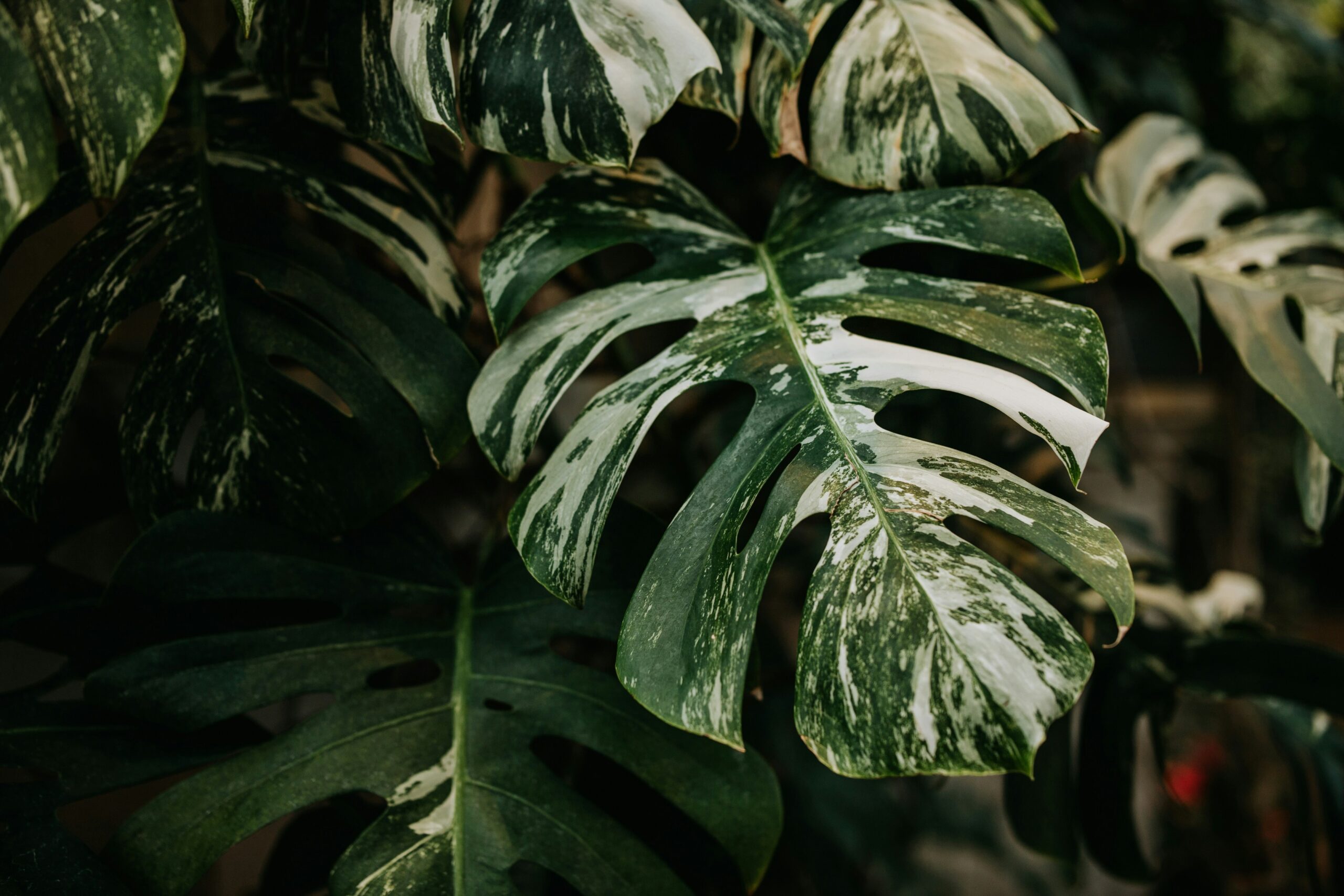The Importance of Conserving Rare Plants
The Importance of Conserving Rare Plants
Rare plants play a vital role in maintaining the overall biodiversity of our planet. These unique species are often found in specific habitats and have adapted to survive in challenging environments. However, due to various factors such as habitat loss, climate change, and human activities, many rare plants are facing the risk of extinction. Therefore, it is crucial to prioritize and build conservation efforts to ensure the future of flora diversity.
Understanding the Threats
Before we delve into the conservation efforts, it is essential to understand the threats that rare plants face. Habitat loss is one of the primary factors affecting these species. As human populations expand and urbanization continues, natural habitats are being destroyed or fragmented, leaving rare plants with limited space to grow and reproduce.
Climate change is another significant threat to rare plants. Rising temperatures, changing rainfall patterns, and extreme weather events can disrupt the delicate balance that these species have adapted to. They may struggle to survive in new conditions or face competition from invasive species that thrive in the changing environment.
Human activities, such as illegal logging, over-harvesting, and pollution, also contribute to the decline of rare plants. These activities directly impact their habitats and can lead to the loss of crucial resources for their survival.
Conservation Efforts
To safeguard the future of rare plants, conservation efforts must be implemented. These efforts involve a combination of strategies aimed at protecting their habitats, promoting sustainable practices, and raising awareness about the importance of biodiversity conservation.
1. Habitat Protection
Preserving and protecting the natural habitats of rare plants is crucial for their survival. This can be achieved through the establishment of protected areas, such as national parks and nature reserves, where these species can thrive undisturbed. Additionally, efforts should be made to restore and rehabilitate degraded habitats to create suitable conditions for rare plant populations to recover.
2. Sustainable Land Use
Encouraging sustainable land use practices is essential for conserving rare plants. This involves promoting responsible agriculture, forestry, and urban planning that take into consideration the conservation of biodiversity. By adopting sustainable practices, we can minimize the negative impact on rare plant habitats and ensure the long-term survival of these species.
3. Ex Situ Conservation
In addition to protecting rare plants in their natural habitats, ex situ conservation methods can also be employed. This involves the collection and preservation of seeds, spores, or tissue samples from rare plant species in seed banks, botanical gardens, or other controlled environments. These collections serve as a backup in case the wild populations face extinction and can be used for future reintroduction efforts.
4. Research and Monitoring
Continuous research and monitoring are crucial for understanding the status and trends of rare plant populations. This information helps identify priority areas for conservation and allows for the implementation of targeted conservation strategies. Monitoring also enables us to track the effectiveness of conservation efforts and make necessary adjustments to ensure their success.
5. Public Awareness and Education
Raising public awareness about the importance of conserving rare plants is vital for garnering support and involvement in conservation efforts. Education programs, community outreach, and public campaigns can help spread knowledge about the value of biodiversity and the role that individuals can play in protecting rare plant species.
Conclusion
Conserving rare plants is not only essential for their survival but also for maintaining the overall health and resilience of ecosystems. By prioritizing and implementing conservation efforts, we can ensure the future of flora diversity and protect the invaluable natural heritage that rare plants represent. It is a collective responsibility to safeguard these species for future generations and to preserve the beauty and wonder of our natural world.
